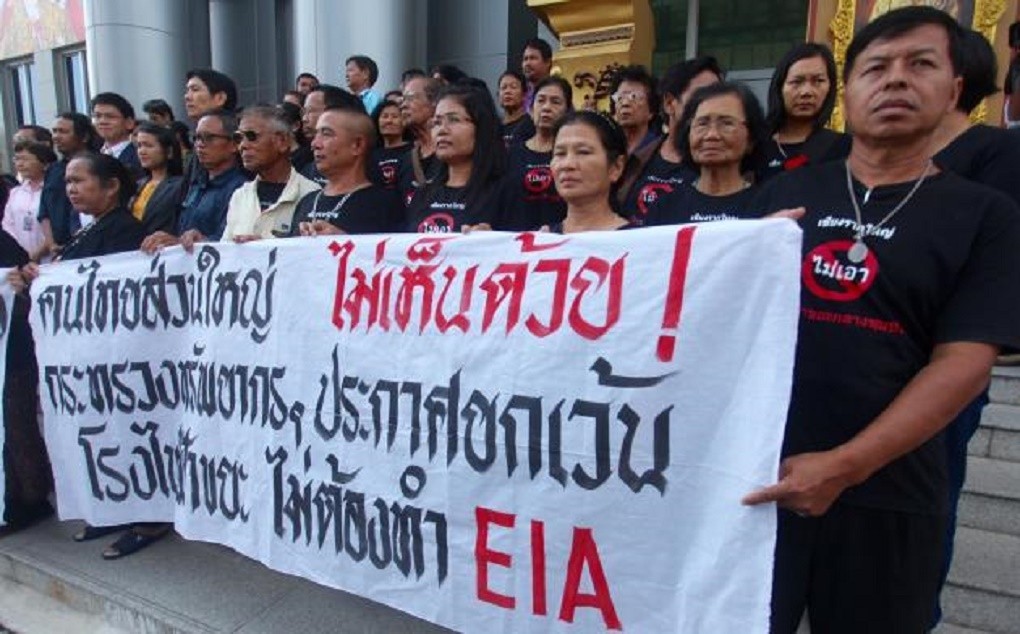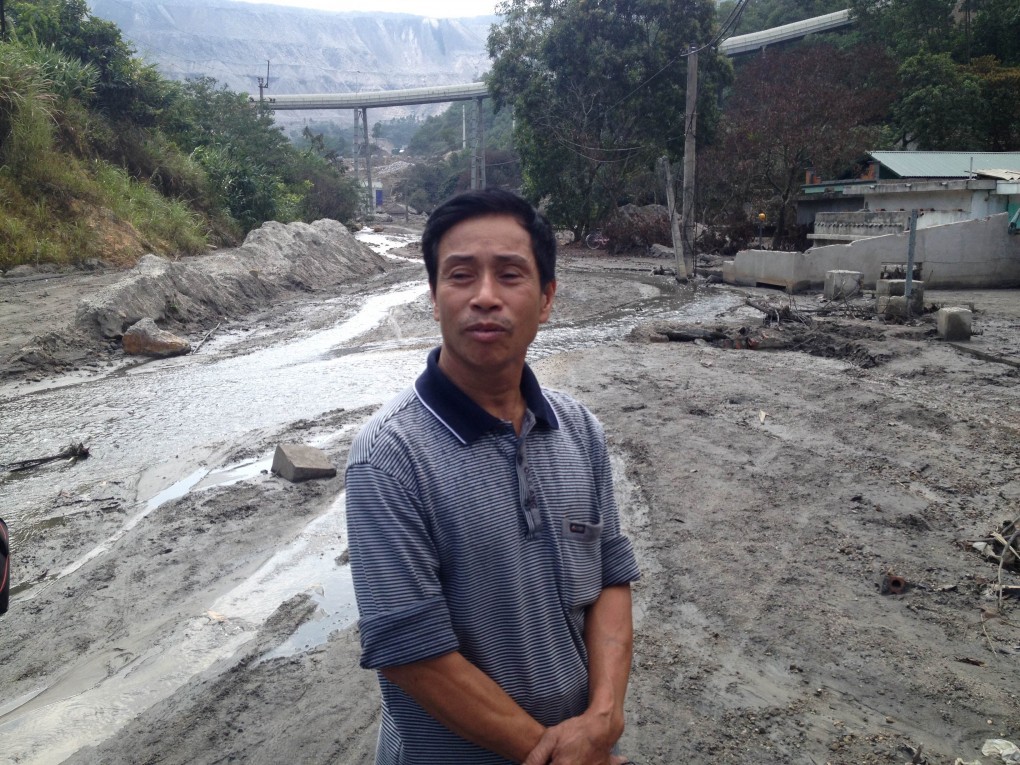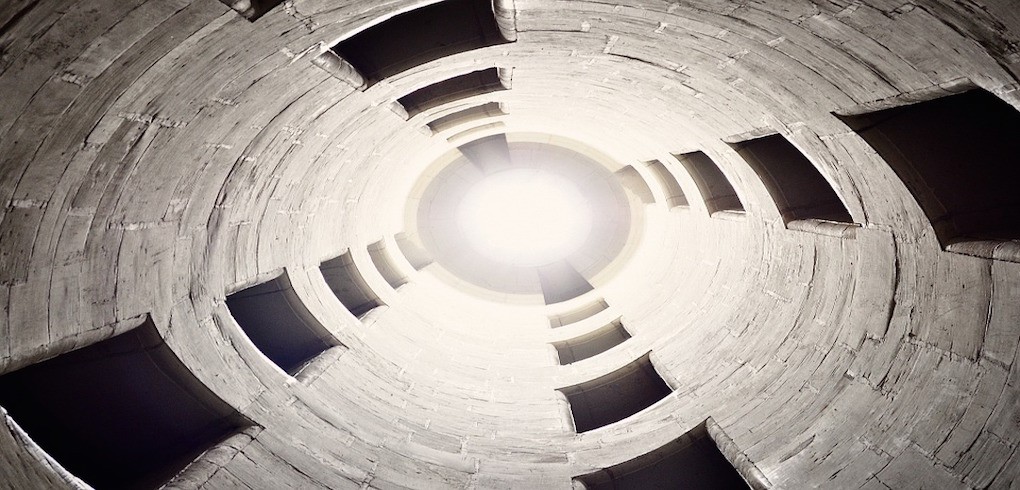More than 30 representatives from Bamnetnarong District in Chaiyapoom province submitted a letter to ASEAN diplomatic representative, protesting the coal-fired power plant for Potash mining project. The content of the letter stated that ASEAN Potash Mining Company Limited (Public) is pushing the construction plan of coal power plants for use in the mining operation, informing the villagers that Thailand shortage of energy. And the villagers against the use of coal for electricity generation.
Tag: energy
Revenue from Hongsa power plant set to spur development
The government will receive over US$2.3 billion in taxes from the Hongsa Power Company Limited under the 25 year concession agreement running from 2016-2041 for the newly built Hongsa Mine Mouth Power Plant. This revenue will be a huge boost to socio-economic development, especially infrastructure development, and will enable the expansion of trade, services and investment.
This revenue will be a huge boost to socio-economic development, especially infrastructure development, and will enable the expansion of trade, services and investment.
Demand for power up 15%: minister
The country’s demand for power has increased by 15 per cent annually due to the increasing number of factories and workshops and high population density, Khin Maung Soe, union minister for electric power says.
Between the 2011-12 financial year and 2014-15, the ministry built nine hydropower plants with an installed capacity of 626 megawatts and 10 gas-fired power plants with an installed capacity of 877 megawatts.
In addition, the installation of 1,350 miles of power lines and 1,454 sub-power stations have been completed.
Villagers fight waiver of EIA for power plants
REPRESENTATIVES of people from seven provinces yesterday filed a complaint with the Central Administrative Court in Bangkok calling on the Natural Resources and Environment Ministry to revoke its announcement waiving environment impact assessments (EIA) for waste-fired power plants.
Mekong Dolphin Extinction, Hydropower and Climate Change
Scientists for the Mekong offer this article to inform the public, the delegates at COP21, and decision-makers worldwide about the impacts of hydropower development on the Lower Mekong River, and the serious repercussions for 60 million people in SE Asia. This article provides an overview of the many significant environmental and social impacts of hydropower dams on the Mekong River basin.
Vietnam bets on coal power despite rising risks
As China bans coal at home, it is investing in a slew of coal-fired power plants in Vietnam, new capacity that is a potent threat to the country’s air, water and people
Thai power producer RATCH to invest $1b in overseas plants in Indonesia, Laos, China
Thailand’s listed power producer Ratchaburi Electricity Generating Holding PCL (RATCH) plans to invest around $1 billion in power plants in Indonesia, Laos and China, a top official with the company said.
The company expects its aggressive investment to double its electricity production capacity to 8,000 megawatts, increasing its enterprise value from the current level of 124 billion baht to 188 billion baht by 2018.
Rum Herabat, the newly-appointed chief executive officer, said the company is looking at three main approaches to increase business. These include – exploring new investments, managing efficiency of main power plants and completing construction of new power plants as planned.
The potential projects, for which the company is conducting feasibility studies and negotiation include, 2,000-MW JAWA7 in Indonesia, 400-MW Sekong 4 hydropower project in Lao PDR, seven solar farms projects for the public sector in Thailand (with a combined capacity of 35 MW) and 2,000-MW power plant project in China.
Myanmar will join the first time on EITI report –7 Days Daily (Burmese language)
“Myanmar has $2.5 Bn income from oil and gas industry which is the data provide from the government” said Mr. Wan Aung, the CSO representative from Myanmar EITI committee. However, the figures will be much higher, as it excludes some of the oil and gas exploration site. The EITI report will release in January 2016. But, Myanmar will not report some other sectors, like gems. Myanmar government said the annual revenue from Jade is $650 mn, but the recent Global Witness report said, it could be $31 bn, and it equals 48% of the country’s GDP.
Failure to engage local communities is costing investors big money, according to a new analysis
Conflicts between local communities in developing countries and governments and corporations seeking to exploit natural resources pose a serious threat to investors’ bottom lines, according to new research.
UK-based consultancy TMP Systems studied 262 agriculture, energy and mining sector disputes with local populations in developing countries and found that 67 percent of the time those conflicts had a materially significant impact on investors.
Land conflicts and human rights abuses in resource-rich developing countries from Southeast Asia to Latin America to Africa have become more and more common amidst growing demand for commodities like palm oil, soy and beef.
China poised to speed up nuclear power investment
The development of nuclear power in China is set to gain momentum in the next five years as the country prepares to inject hundreds of billions of yuan into building nuclear plants. More than 100 nuclear power plants will be put into operation by 2020, with a nationwide capacity tripling that of 2014 to reach 58 million kilowatts, the China Times reported, citing a draft for the 13th Five-Year Plan (2016-20).
According to the document, the government is expected to invest about 500 billion yuan (S$109 billion) to build six to eight new plants annually during the period.





